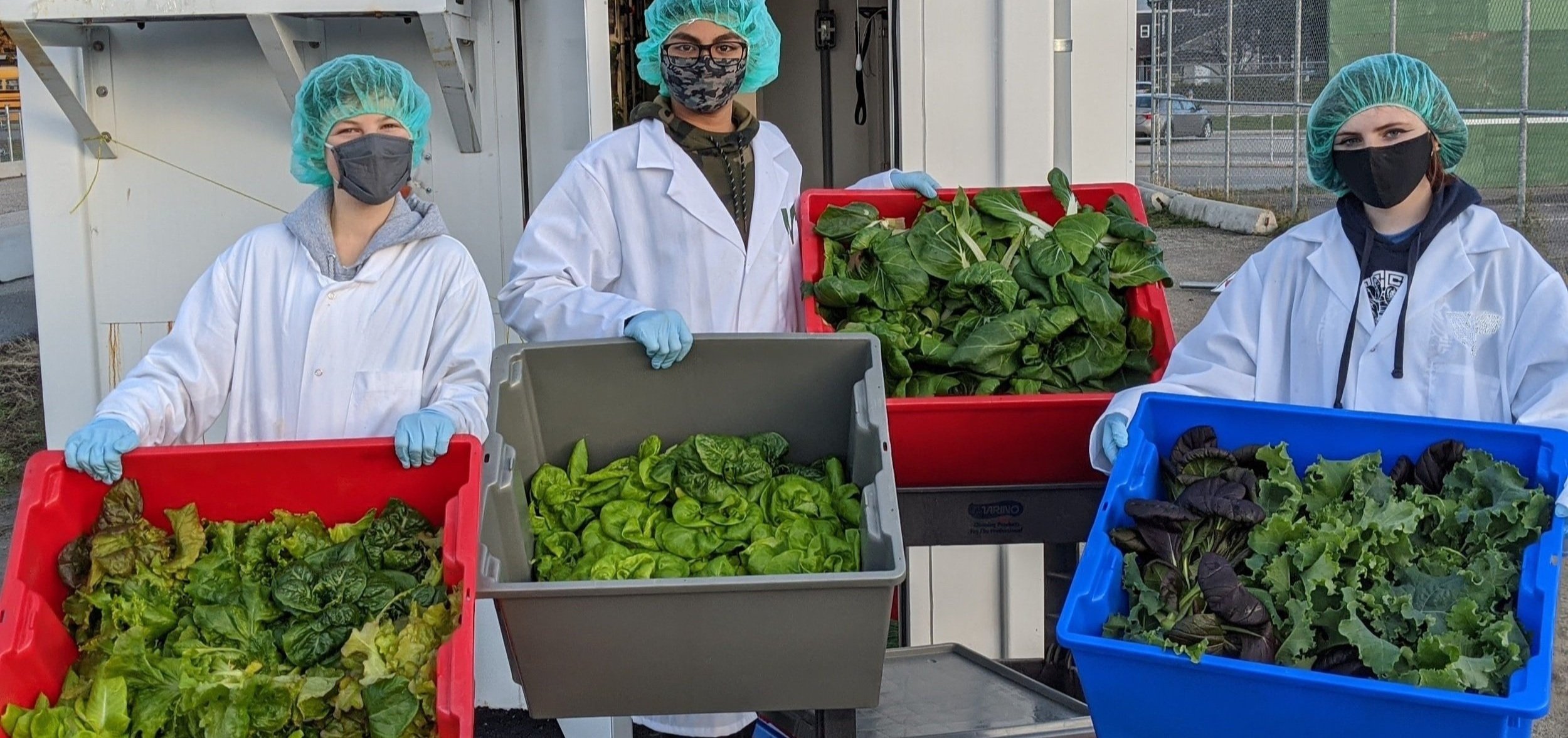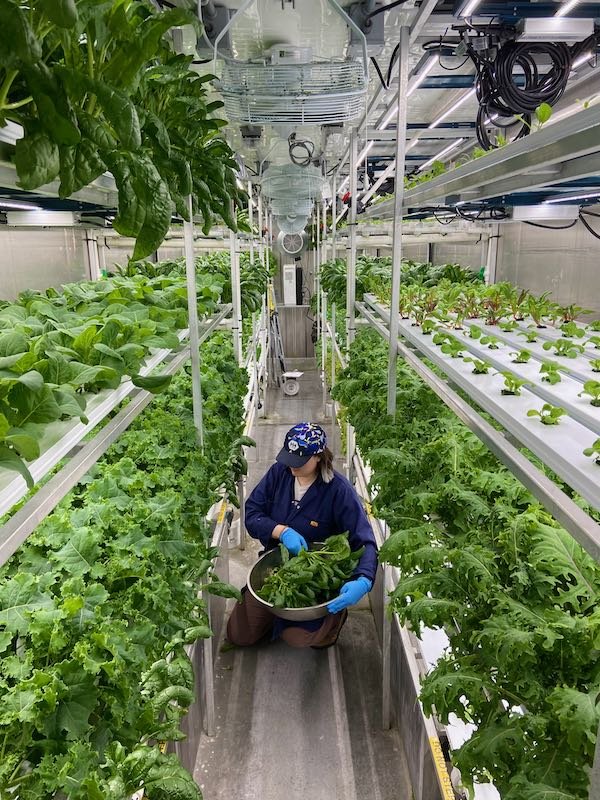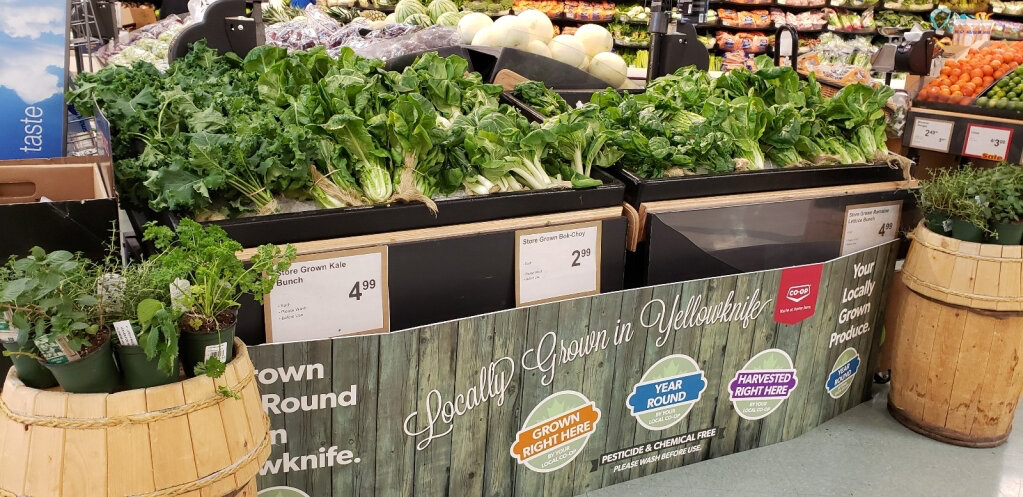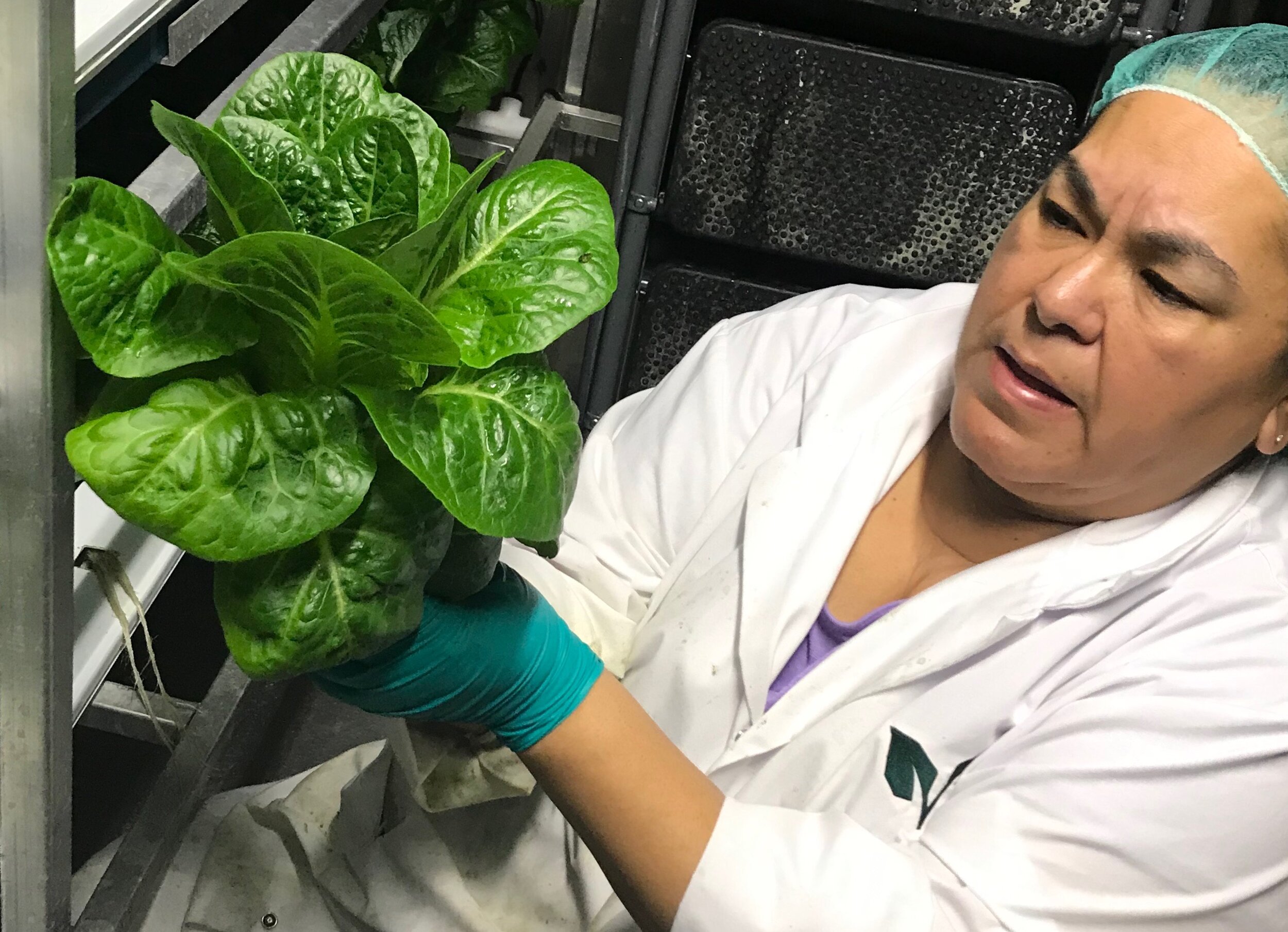All About Yields
Yields are one of the most important metrics when it comes to choosing a modular farm.
You want to be growing enough food, both in quantity and quality.
If you grow too little, you will not make enough money to pay back your investment.
If you grow enough food but the quality is poor, no one will buy your products, and you will not make enough money to pay back your investment.
The problem is everyone describes their yields differently. Growing slots. Heads. Pounds per square meter. Units. This makes it difficult to compare equipment suppliers and discern what your reality will be once you start growing.
After reading this post you will understand what impacts yields, what measurements matter, and ultimately what this means for you as a modular farm operator.
Don’t want to wait? Grab the entire vertical farm comparison series as a PDF here.
SUMMARY
Good yields are up to you. The number one reason people have bad yields is because of bad maintenance.
Higher yields do not always correlate with better yields. It’s the argument of quality over quantity. And your customers care about quality, not just how many units you can move.
In general, a higher planting density means higher yields. But, too high a density impacts plant health and disease pressure. It’s about balancing a plant's needs giving them enough space to reach their full yield potential even if this means less planting slots per square meter.
You might assume everyone is putting their best foot forward when it comes to yields - and some are - but we know that our success is our customers’ success. Our yield benchmarks are verified over hundreds of rounds of cultivations and are not projections but a number you can confidently meet.
When comparing yields, the proof will be in the pudding. So, do you go for the highest number or do you go with a company with verified, marketable yields and a network of growers to back it up?
“Proper maintenance of your modular farm will impact your yields the most. ”

the fanciest growing equipment can’t produce good yields if the grower isn’t carrying out the required maintenance.
What impacts yields
You might think growing factors like lights and temperature affect yields the most, but this is a misconception. The number one reason people have bad yields is because of bad maintenance.
Proper maintenance of your modular farm will impact your yields the most.
Maintenance refers to reservoir flushes, raft cleaning, surface cleaning, and anything else you do to ensure your equipment is working properly and keep diseases at bay.
Good growers are attentive. Good growers make a habit of checking their modular farm for at least five minutes a day. With time, you’ll be able to spot symptoms of disease before it spreads. If you have a Growcer farm, a good grower follows our standard operating procedures (SOPs) and leans on horticulture support for additional guidance.
Next to maintenance, system stability (temperature and relative humidity) also impacts yield because an unbalanced system can result in a sub-optimal environment for plants to grow. Plants need a good balance of nature and nurture to flourish.
Good growers can get good yields regardless of the growing system. But, the fanciest growing equipment can’t produce good yields if the grower isn’t carrying out the required maintenance.
In conclusion, good yields are up to you.
Measuring yields
Planting slots. Heads. Pounds. Units. It seems like every growing system supplier is speaking a different language.
It would be easy to tell you to get the same unit of measurement from all the suppliers you’re talking to, but we also want to equip you with some preliminary knowledge in case that doesn’t happen.
Myth: More plants is better
The more, the better right? No.
Higher yields do not always correlate with better yields. It’s the argument of quality over quantity.
A high number could hide:
Small plant sizes not suitable for commercial distribution
Quality that doesn’t meet marketable standards
Uneven crop sizes throughout the farm
There’s nothing wrong with smaller plant sizes. If you’re selling direct-to-consumer, you can play up the marketing aspect and sell smaller “twin packs” with one green lettuce and one red lettuce.
However, if you plan to sell to commercial distributors (grocery stores, institutions, restaurants), you want your product to meet their requirements.
“However, if you plan to sell to commercial distributors (grocery stores, institutions, restaurants), you want your product to meet their requirements.”
For example, in centimeters and grams, the target market size for a head of lettuce is around 10cm to 11cm with a weight of 80g to 90g+ per head. Some local farmer programs will have different guidelines, but every retailer can see if your produce is small and not filling out your packaging. They might buy from you at the beginning, but they will not buy from you for long.
Think about who you’re growing for. If you’re undecided about who you’re growing for, you want to keep your options open and opt for a modular farm provider who can grow marketable products from day one.

If you plan to sell to commercial distributors (grocery stores, institutions, restaurants), make sure your product meets their minimum requirements.
Myth: More density is better
More planting slots means more plants! Yes - kinda. In general, a higher planting density means higher yields.
However, plants are living things that fight for resources.
Plants need to be able to grow without being squished, blocked, or overshadowed by other plants. Plants naturally compete with their neighbours for nutrients and having too many plants in an area can produce a stressful growing environment. Plants will respond by stretching and twisting to grow to the light. This could result in weirdly shaped, longer lettuce and a difficult harvest because you now have to work with oddly shaped plants.
More density also means more pest pressure. We need to consider diminishing returns that come from too much density impacting plant health, and therefore limiting yields.
“More density also means more pest pressure. We need to consider diminishing returns that come from too much density impacting plant health, and therefore limiting yields.”
And that example only uses lettuce. What if you want to grow bok choy, spinach, basil? If you plan to grow multiple types of greens in your modular farm, you want planting slots that will fit a multitude of plant variations (because they grow to be different sizes) and optimize growing conditions for different types of plants.
If you had one field - would you cram as many crops as possible onto that one field?
Probably not. Farmers still vary their row spacing (how much room is between plants) to ensure plants have enough space and resources to grow. A modular farm is no different. A good way to measure yield is yield per square meter because it will tell you if the growing environment is optimized for yields and not density.
At Growcer, our growing slots are meant to fit a multitude of plant variations. Our inhouse R&D team is always finding the optimal relationship between plant density and healthy yields. It’s not about fitting as many planting slots into one square meter, but achieving the optimal balance so various plants can reach their highest yield potential. With our research we’ve seen a 10% growth in yields in our modular farm year over year.

If you plan to grow multiple types of greens in your modular farm, you want planting slots that will fit a multitude of plant variations (because they grow to be different sizes) and optimize growing conditions for different types of plants.
Consider understanding yields better by asking these questions:
Can I grow marketable sized produce?
What plants are the growing slots optimized for? Is it only lettuce or a multitude of greens?
Clarify growing slots: how many seedling and mature slots are there?
What’s an average size head of lettuce? What’s an average weight?
What’s the yield per square meter?
Yield benchmarks and you
How do you know as a grower that you can reach the yield benchmarks a company has marketed?
First, let’s consider how Growcer calculates our yield benchmarks. You might think we pick the highest yields and go with that number right? Wrong.
Growcer’s mission is to make farming year-round accessible to all and that means averaging out the good and bad yields to come up with a realistic number we know our customers can meet.
Our yield benchmarks are verified over hundreds of rounds of cultivations where we’ve taken the average of good and bad yields. We know with certainty that customers can reach our yield benchmarks because we’ve already accounted for varying conditions.
Plus, Growcer’s R&D team uses the same modular farms our customers use. It’s not superhuman optimal conditions. We follow the same standard operating procedures we ask of our customers. Our yield benchmarks are not projections but a number you can confidently meet. In fact, most customers meet and exceed our marketed yields.
You might assume everyone is putting their best foot forward when it comes to yields - and some are - but we know that our success is our customers’ success.




Proof is in the pudding
When comparing yields, the proof will be in the pudding.
It’s the same as opting for the tried-and-tested Honda Civic or a less reliable brand. The difference reveals itself over time.
So, do you go for the highest number or do you go with a company with verified, marketable yields and a network of growers to back it up?

Vertical Farming Comparison Guide
This guide compares and contrasts key aspects of vertical farms, helping you make decisions about your own business, understand more as a student or educator, and ultimately dispel any myths and legends.
Download the guide to better understand:
DIY vs. Turn-Key Solutions
All About Yields
Horizontal vs. Vertical Stacking
DWC vs. NFT Hydroponic Setups
Choosing Your Provider

